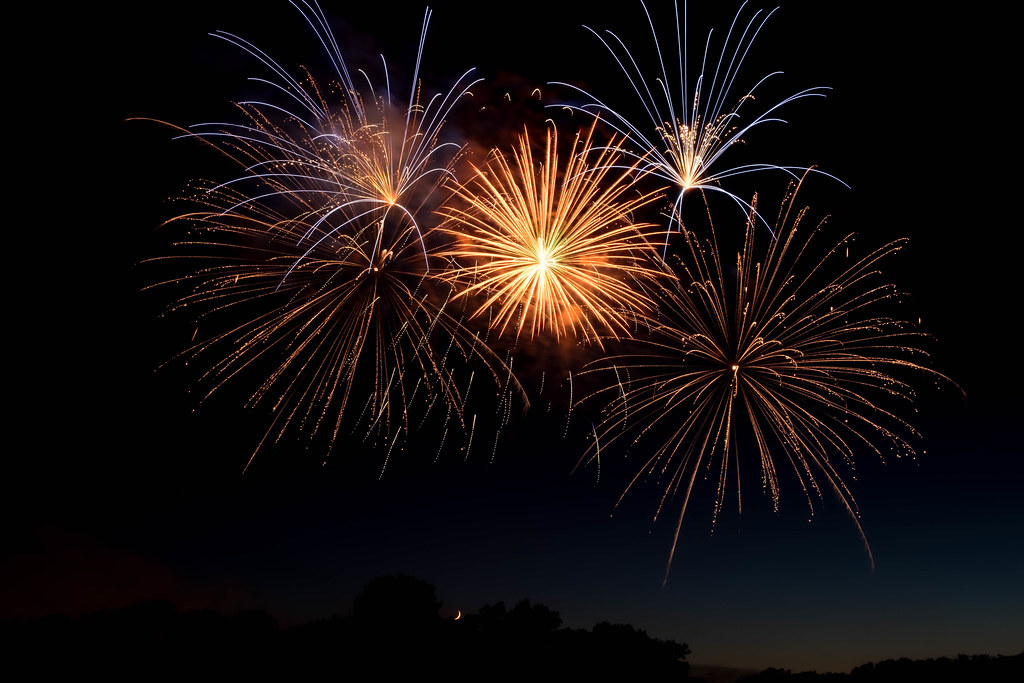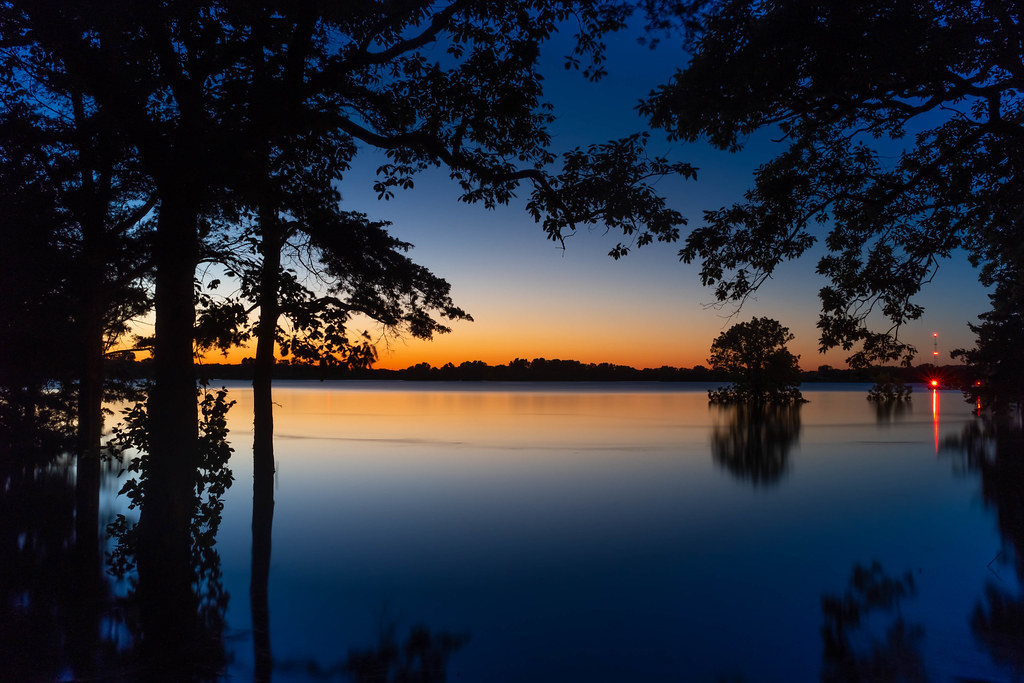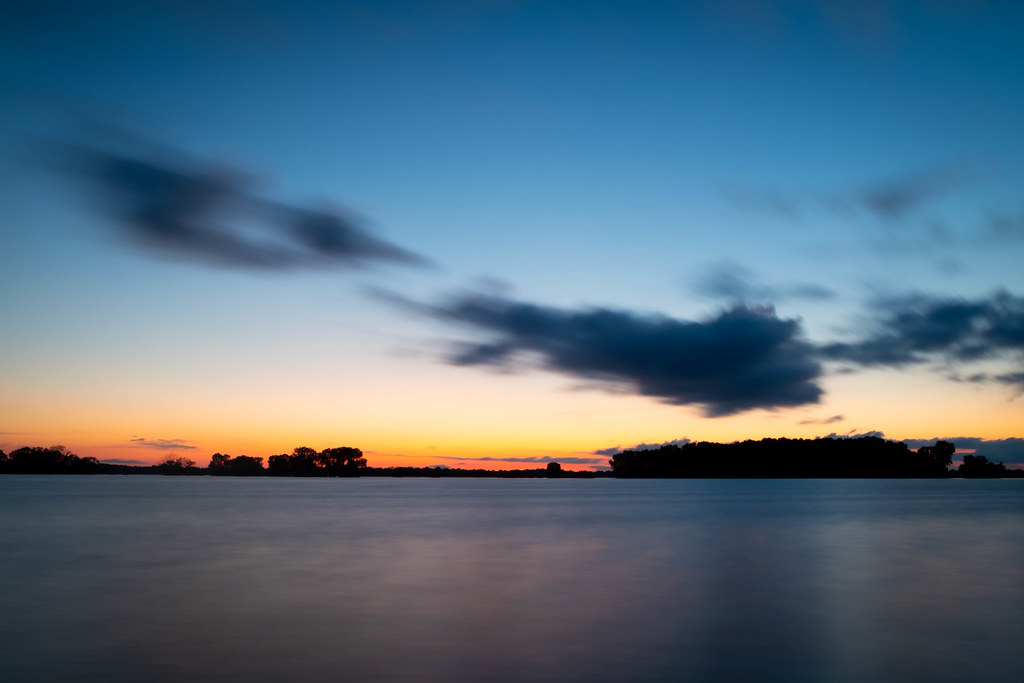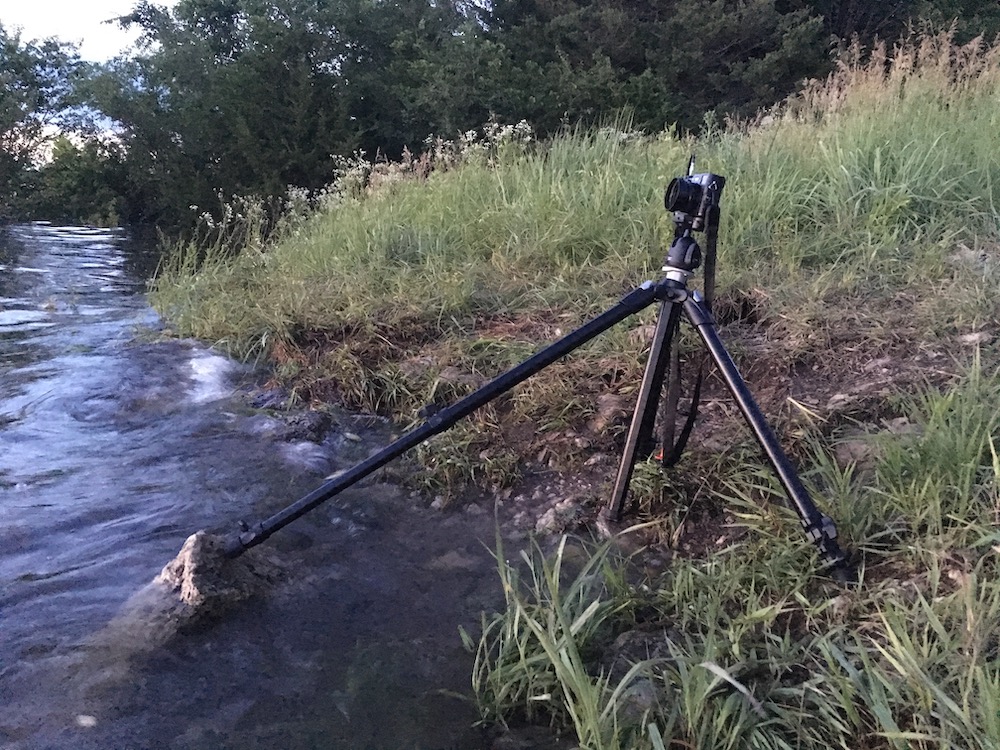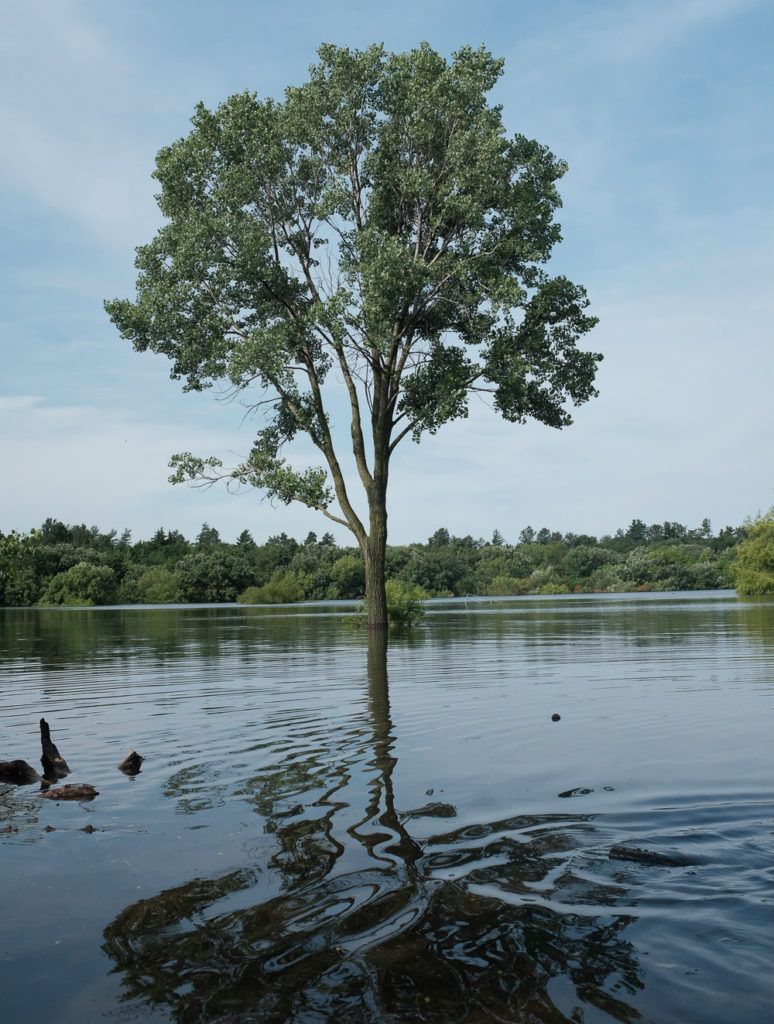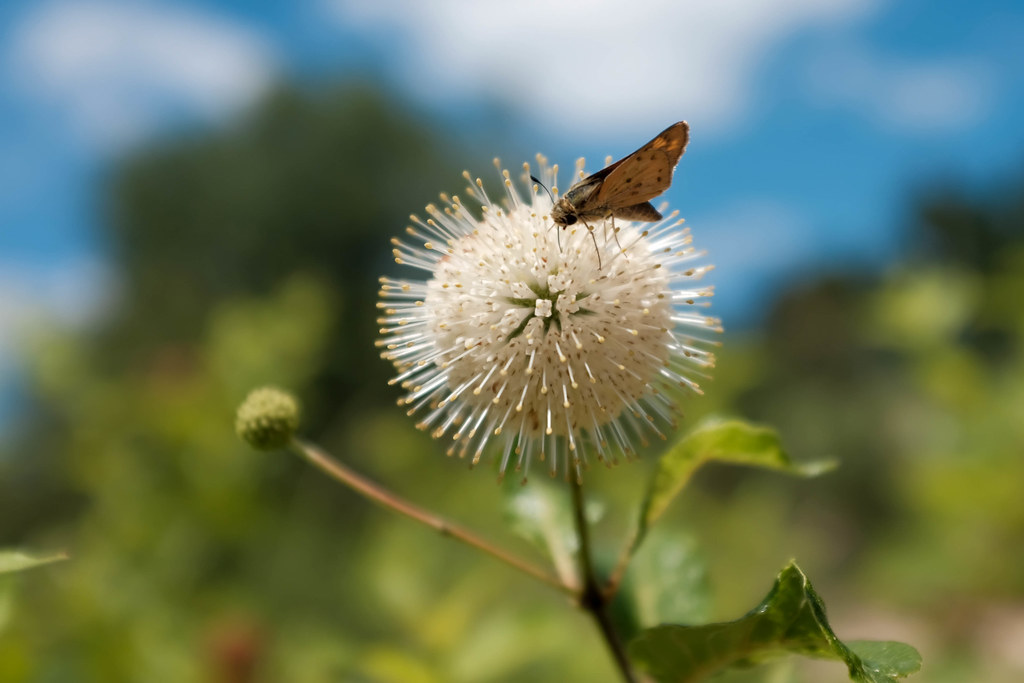
In September 2018 a new park opened up in Tulsa, Oklahoma, called The Gathering Place. It was the culmination of years of work to turn a blighted stretch of riverfront into a center for kids to play, adults to walk, and people of all ages to learn, grow, and explore. It wasn’t until the summer of 2019 that we finally made it to this park and we were certainly not disappointed. My family was there for several hours and I would guess we saw about one-third of the park, and we are already looking forward to our next trip where we can hopefully experience a lot more of what The Gathering Place has to offer.
That brings me to this week’s photo, which you would never know was shot at this particular location. It could have been taken almost anywhere and nothing about this indicates that it’s part of a much larger recreation area, but I think that’s what I like about it. The picture is kind of a metaphor for the park as a whole: it’s a spot of calm in the midst of a sea of urban activity, and within that park this little butterfly (moth, perhaps?) found its own little nexus of peace and quiet.
As I often do, I had my Fuji X100F with me and immediately put it in “kind of close-up” mode, which is to say I dialed the aperture to f/2.8, made sure the Manual+Electronic shutter was engaged so I could shoot with as fast of a shutter speed as I needed to, and made sure Auto-ISO was set with the proper minimum shutter speed (just in case!) to freeze motion. I learned a while ago that shooting close subjects at f/2 on the X100F is kind of a nonstarter because the lens loses a lot of its sharpness, and f/2.8 mitigates most of that while still giving you plenty of background blur so you can focus on your subject. While this is certainly no macro lens, it does let you get decent shots like this without too much effort.
